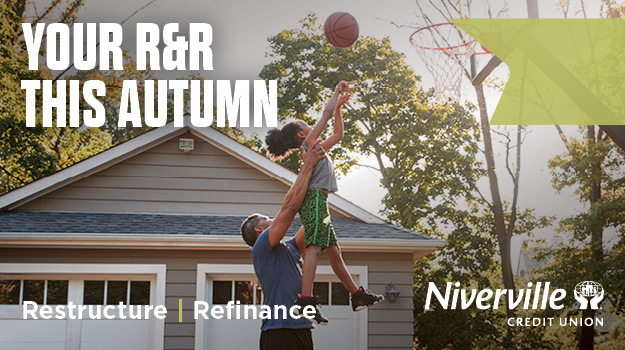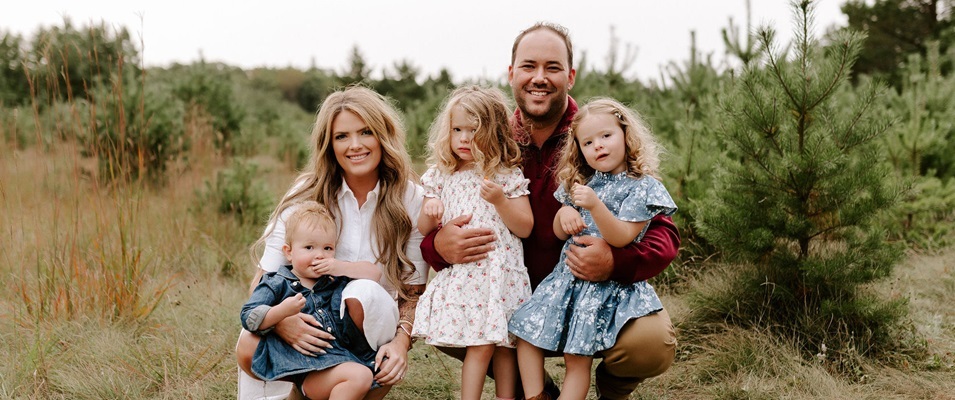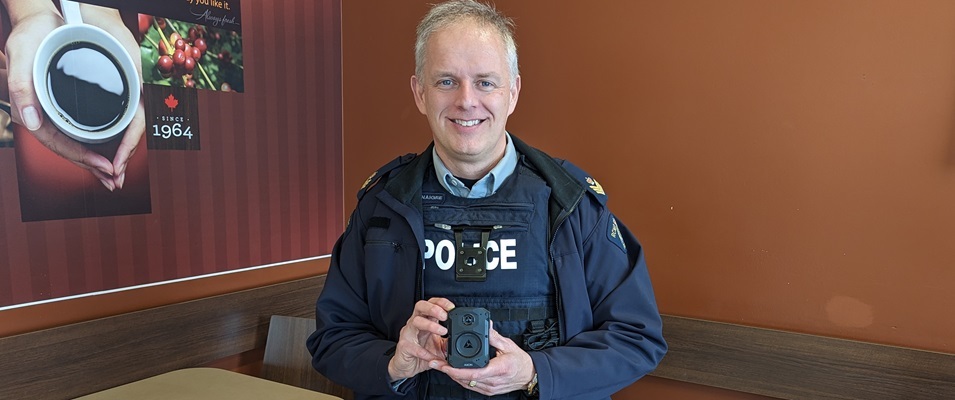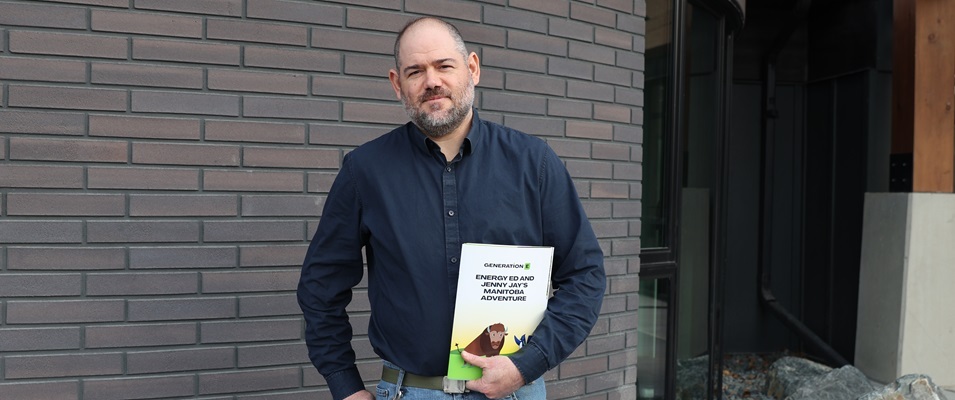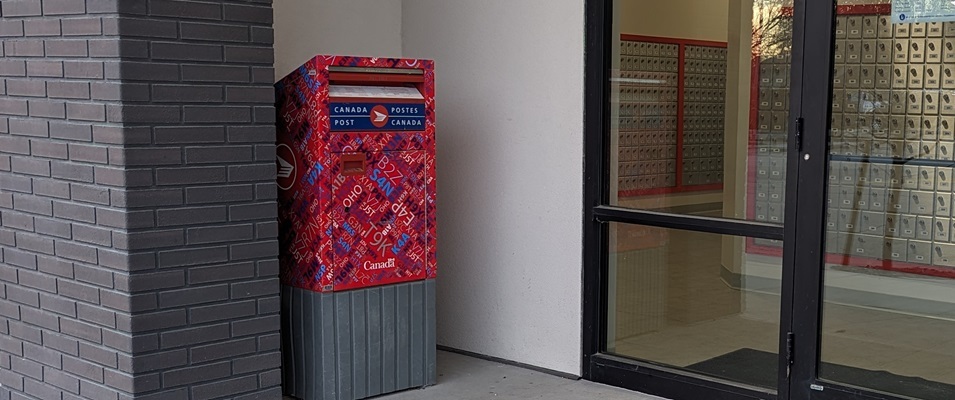
In approximately six months, purchasers of vaping products in Manitoba will either quit the habit or pay more for it thanks to new legislation announced by the provincial government.
Following Ontario’s lead, Manitoba will double the federal excise tax on vape products, such as e-liquids, prefilled pods, and disposable vapes. The excise tax will not apply to refillable hardware devices.
According to Premier Wab Kinew, the primary purpose of the tax is to curtail vaping among the province’s youth.
“A vape tax is one way for us to be able to send a stronger message to young people in particular, but all Manitobans, about the dangers of vaping,” Kinew says. “And it’s another step to bring Manitoba in line with what other provinces are doing.”
The new provincial tax, combined with the federal tax, will mean that manufacturers and importers will be paying $2 for every two millilitres of liquid for the first 10 millilitres and then an additional $2 for every 10 millilitres over that.
This will equate to $14 in excise tax on a 30 millilitre bottle of e-liquid.
It is anticipated that these costs will trickle down to the consumer.
Once implemented, the new excise tax should bring an additional $11 million annually into provincial coffers. Kinew says that this money will help pay for anti-vaping and anti-smoking programs.
Online vape distributor U Vape responded to the introduction of the federal government’s excise tax back in 2022, when it first came into effect.
“Many businesses will likely raise their prices to compensate for these taxes, increasing costs for consumers,” read a statement on their website. “Still, vaping remains considerably more affordable than smoking cigarettes (e-liquid will still only cost 25 percent as much as cigarettes).”1
If U Vape’s calculations have any merit, the new excise tax may not deter those who use vaping as a smoking cessation technique.
But the increased taxation may have the desired effect in reducing youth vaping rates.
According to a recent Citizen article, the most recent data available seems to indicate that up to 34 percent of Canadian kids in Grades 7 to 12 have experimented with vape products.
Seven percent of middle school children are now using vape products regularly. An alarming 26 percent of high school students are regular users and almost 90 percent of them use vape liquids containing nicotine.
Youth between ages 15 and 19 represent the age group with the highest rate of vaping experimentation across all categories, including that of adults who are trying to quit smoking.



